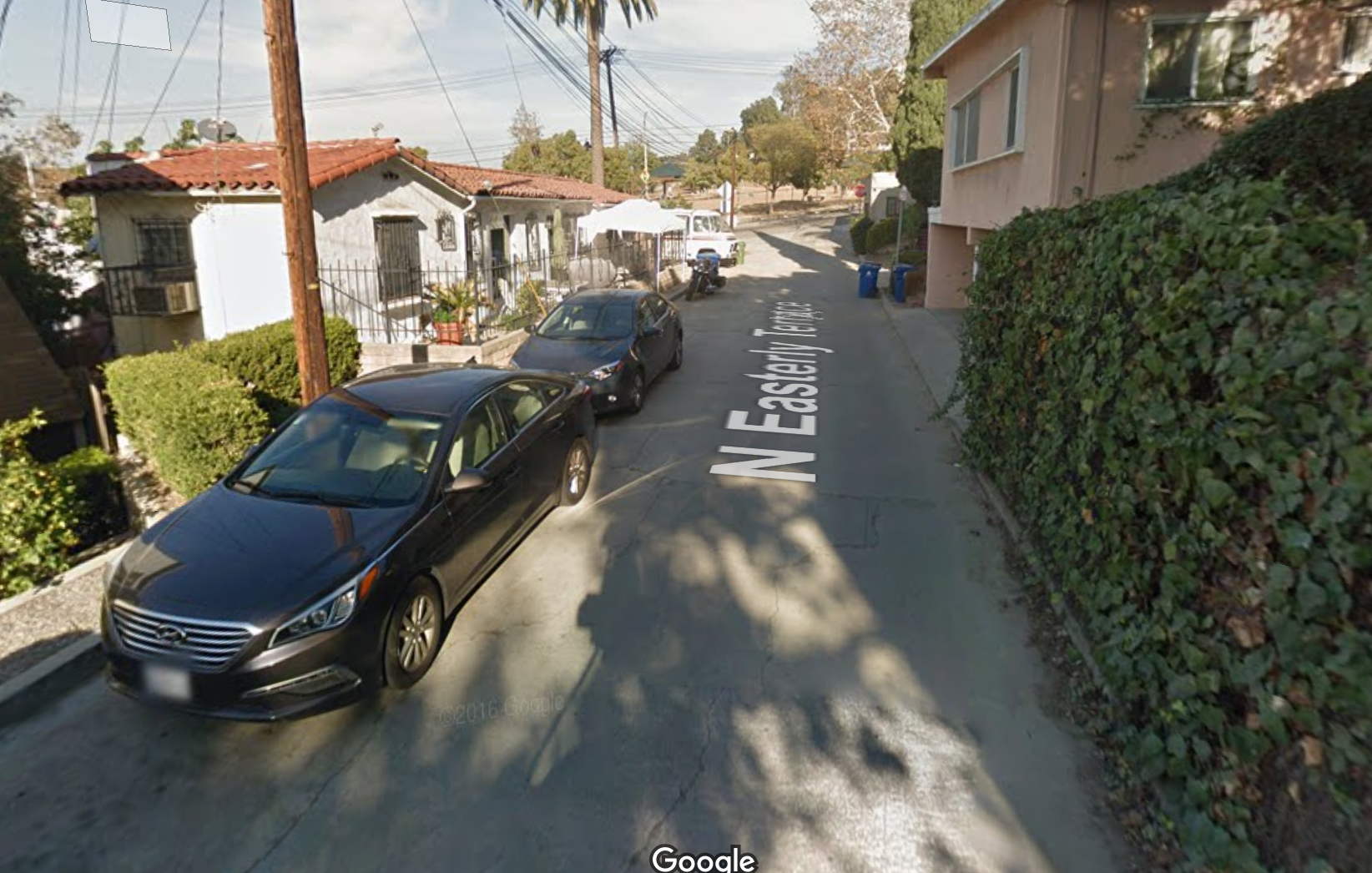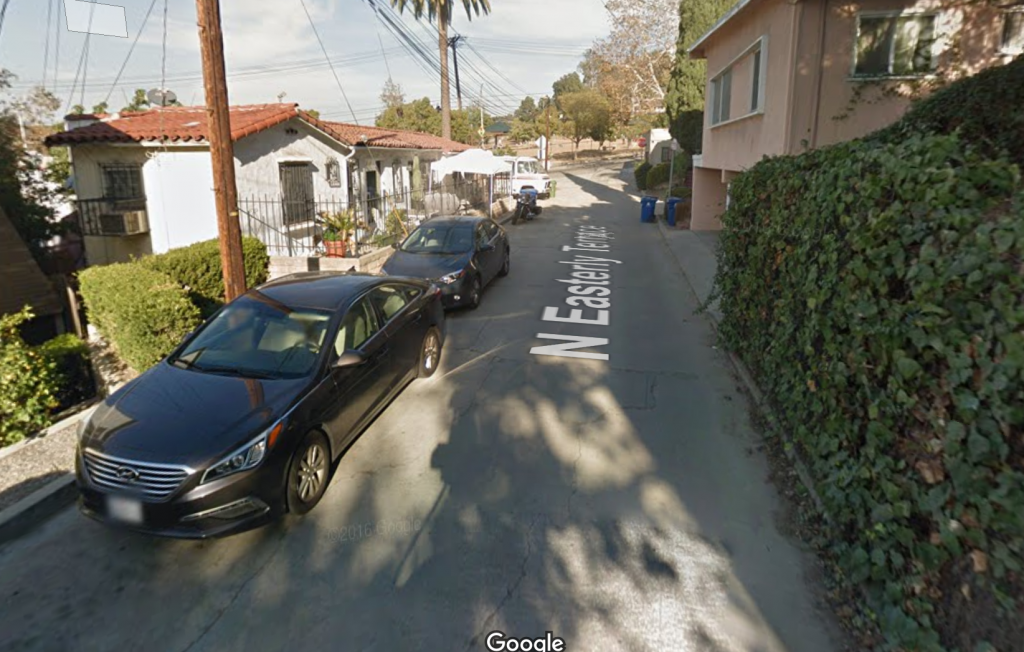The first time I ran across the Grand Canyon and back, it put me in its mouth like a fresh piece of bubblegum, swallowed me whole, let me bathe in digestive acids, regurgitated me back up its canal, chewed me a little more, blew a bubble, popped the bubble, then spit me out on the dusty dark trail.
I am chewing gum, wadded up, with teeth marks.
– from my 2014 R2R2R aftermath notes
The Big Ditch, as it is known, is the Grand Canyon. At 21 miles for the shortest trail traverse, I’d call that a pretty big ditch, indeed. By late 2014 I had been wanting to do the famous Rim-to-Rim-to-Rim (also known as R2R2R, also known as R3) for a few years. Fortuitously, I was going to visit the Phoenix area for some Javelina Jundred pacing duties, and I had plenty of extra time to leave a few days early and get the Canyon adventure DONE.
Late October in the Grand Canyon makes for decent weather (meaning pretty warm yet not stupid hot) but limited daylight. On the day I ran there was a scant 10 hours and 45 minutes between sunrise and sunset, guaranteeing I’d be spending at least part of my traverse(s) in the dark. I’m no Emily Loman nor Krissy Moehl nor Devon Crosby-Helms nor Darcy Piceu nor Bethany Lewis nor Cat Bradley. (All of these women have held the fastest known time on the R2R2R at one point.) No, my talents are—let’s say—broader, and therefore not quite as deep in any one specialty. So I’d be starting in the dark, and finishing in the dark. It’s like an ultra! Except without the tables full of food! And the people cheering you on! And the handy drop bags waiting for you with extra gear! And the buffet at the end! And the MEDAL!
Who is going to be there to give me a gosh-durned medal, I ask you?!
No one. And that’s the point. Doing a double Grand Canyon crossing is one of those “because it’s there” kind of endeavors. It’s the reason I still plan to do the same across Zion National Park. It’s the reason I got very interested in joining a trip to backcountry Alaska, even though I’m no packrafter (yet). It’s the reason I am drawn to travel across the country with just me myself and I, either in a car, or in a micro-RV, or on a bike, as many have done before me.
The 6 A.M. Shuttle That Seems To Never Come
I parked the car over at Bright Angel. It seems odd now that I drove about 1.5 miles from the Mather campground just to park the car, but I guess that’s what I did. Honestly it’s hard to remember at this point, but in any case I had to wait for the shuttle from the Visitor Center over to the South Kaibab trailhead for what seemed to be a distressingly long time before it finally came.
And then sometime around 6:30 A.M., still dark, I stared down at my feet and decided to get this party started.
South Kaibab trail starts down through rocks and dust that are nearly white, but then a few miles in it abruptly shifts to a deep red so quickly that I thought my headlamp was malfunctioning. I spun around, shining the light, trying to see the “real” color, and realized it was actually just the ground. Headlamp A-OK. Onward. Downward.
Civil twilight came up within an hour, and with it a mellowing of the temperature. I clicked off the switchbacks one after another after another. I could see another light down below me, and wondered if I could catch them. Must be another weirdo like me.
Two-ish hours in and I reached the tunnel before the bridge. Six+ miles done, a whole lot more to go. Over and across the river, mules waited in their staging area, not delaying my passage. Lucky break. Phantom Ranch for the first time, a little water top-up, and I headed up into the narrows of the North Kaibab trail. This section would be “easy” to run as the incline is mellow and the surface mostly rock-free, so I run a little. I’m cognizant of not wanting to go balls out on this, my first R2R2R, trying to err on the side of “get it done” rather than “run it fast”.
North Kaibab: Dehydration, Melancholy, and For-Ev-Ah
I won’t lie: this trail is really long and at times seems like it will go for-ev-ah. There’s gentle inclines, gentle descents, steeper switchbacks, and even a smidge of snow as one gets higher up. It’s a LOT higher up on this side: the north rim is 8241 feet, compared to 7260 feet at South Kaibab. After a bit of a slog, and a quick water refill at a Ranger Station (still open until end of October, wheee!), I was trying to make progress.
But then it was getting hotter. I started drinking more. Historically I don’t drink much, so this was a little worrisome given I didn’t fill up all the way at the last water spigot. I was starting to wonder if I was going to make it to the top with the water I had. I started rationing: never the best strategy but it seems like the right idea at the time.
There is THEORETICALLY water at the North Rim. Right at the trailhead. I have heard back and forth reports about whether or not it will be running. If I’m truly hurting, there’s another half mile extension to get to a year-round water supply at another ranger station. So I am hot, and getting a little dehydrated, but I keep on. And then I get to the top. See the sign. Look for the water spigot. And . . . WATER!!!! Ridiculously cold water, too. Awesome.
NOW things are going to start looking up, even as I look down. Relief, even though I’m not even halfway done (when you count slowdown and whatnot). It’s early afternoon and not really super cool, temperature wise. And it will just get warmer as I go back to Phantom Ranch. The miles don’t fly by, but they pass just the same. The light is getting nicer, bouncing off the walls of the box in a decidedly photogenic way.
Winding through the campgrounds I pass by a ranger talk about hiking and not going out for more than a few hours because PEOPLE DIE and et cetera. I just run right by, the big “no-no” example to cap off their talk. You’re welcome, campers!
The late afternoon light reminds me to get a hustle on to make Phantom Ranch Cafe as soon as possible. This is the witching hour for the tiny snack shop as they close up for the afternoon right at 4pm, and I’m gonna be close. Still, I make it, with time to spare, and promptly load up on something cold to drink. They even have stuff like GU and sporty things. And snacks. Snack food FTW.
Somewhere along the way I pass by a green piece of gum on the ground that I saw this morning the first time around. And for the second time I do not pick it up. Bad me. It wasn’t even chewed so I could have had FREE GUM. Passing up free calories is not even as weird as the trio of guys I encountered walking past me, headed back to their campsite. We’re the only ones around, so we all nod and smile as we cross paths. All in their 30s-ish. All pretty normal looking, neither schlubby nor handsome. But after they pass, one of them thinks he’s out of earshot of me and I hear the words, “I’d hit that.” I almost bust out laughing, flabbergasted. That’s pretty hilarious. I’m sure I was looking a bit scruffy myself by that point, 35 miles in.
ONWARD! Back along the river over to the South Kaibab bridge. “Just” 7 miles to go.
Ha.
Ha.
Ha.
Up through the tunnel and now it’s getting real. Up and up and up, all over again. More switchbacks. More dropoffs. Still a bit of heat. And soon it’s getting real dark. I’m going slow. Even slower than I hoped or planned or feared. I’m bonking. Then I’m eating. Then I’m doing OK. And so the cycle repeats. My feet are feeling like they are sandpapered with dust. Which, basically, they are.
Even the rock walls seem to want to give me a warm hug, radiating heat after the sun goes down. They’ve been storing it all day and now the heat unleashes to warm up the desert animals that can’t warm themselves and come out to get a little boost. Hiya, tarantula! Howdy, lizard!
And then, rather suddenly, I can sense the top. Am I close? I can even hear people. Where is that coming from? Whatever. Sometime around 14 hours after I began, I trudged up to the South Rim again. A little warm. A little chilled. And ridiculously tired.
But I wasn’t done yet. Remember that pre-dawn shuttle? That’s a one-way ticket up a private road and the shuttle’s hours are over. Now, I need to walk back to the car over at the Visitors’ Center. Granted, it’s “only” about 2 miles, but I’m beat and I can’t see much and it’s cold and WHO ARE THOSE PEOPLE talking!? Walking along the rim trail I keep hearing voices. Socializing kinds of voices. Finally I realize that this is employee housing and they are chilling outside their cabins. Drinking, eating, completely oblivious to me or anyone else who might be walking along the rim trail at a dumb hour.
I reach the car, flick on the ignition, power up the phone, and see where on earth I can eat at this hour. Everything in the park is pretty closed. So…… McDonald’s it is, then. I’ve got an hour and it’s 20 minutes away. One McFlurry and one large fry later . . . I’m a happy carb bomb. Even if it costs $8.
Sleep, and Seven Minutes in Heaven
Back in my tent, my filthy body can’t help it: I just conk out, sleeping spastically for the next 8 hours. I will have to wait until morning for actually washing myself. But when I do . . . it’s time for the best thing 8 quarters can buy within a hundred miles: 8 minutes of freaking HOT water. Yum.
The Dust. The Dust. The Dust.
Next time I run R2R2R, the Dirty Girl gaiters are coming along. Going into the crossing in 2014, I knew it would be dry, sure. But I didn’t realize the extent that the silty dust that would permeate everything. It makes sense; we’re not so far away from Southwestern Utah where the red silt gets into your very soul (or at least into the crevasses of your tent and underpants for weeks). After I peeled off my nasty and dust-abraded socks, they were left to “air out” on the floor of my car. Realizing the futility of this, they soon went into the trash.




























